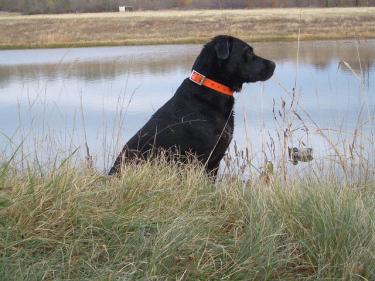Developing a Leasing Agreement
After a good hunting dog, rule #1 is get it in writing.
Rule #1 of any agreement is to put it in writing, and that holds true for hunting leases too. Oral agreements all too often make for misunderstandings and headaches, so it’s a good idea to put your agreement on paper and have every party to the agreement sign it.
When developing your leasing agreement, make sure it includes:
- The names of all the people involved in the lease
- The property location and boundaries
- Any places where the lessee should not hunt, for example any area within 200 yards of an occupied building.
- The wildlife species your lessee is allowed to hunt and the hunting methods he/she can use
- How many people are allowed to hunt and whether the lease can be subleased
- Any concerns, notices (about possible hazards on the property, for example), and responsibilities your lessee should be aware of
- The payments your lessee agreed to and their due dates
Be sure to get your leasing agreement in writing and signed.
- Dates—when the lease begins, when it expires, etc.
- The consequences if your lessee fails to meet his/her responsibilities
Also include
- The rules your lessee must follow while on your land, to be signed by the lessee
- A liability release to be signed by the lessee
Being clear and specific in your written agreement will help prevent confusion and contention.
Beyond what’s in your agreement, there are other legal and financial responsibilities that go along with hunting leases. The more you know about them, the more protected you and your lessee will be.
Previous page
Next page
How can I get more tips?
It’s simple! Enter your email below.


